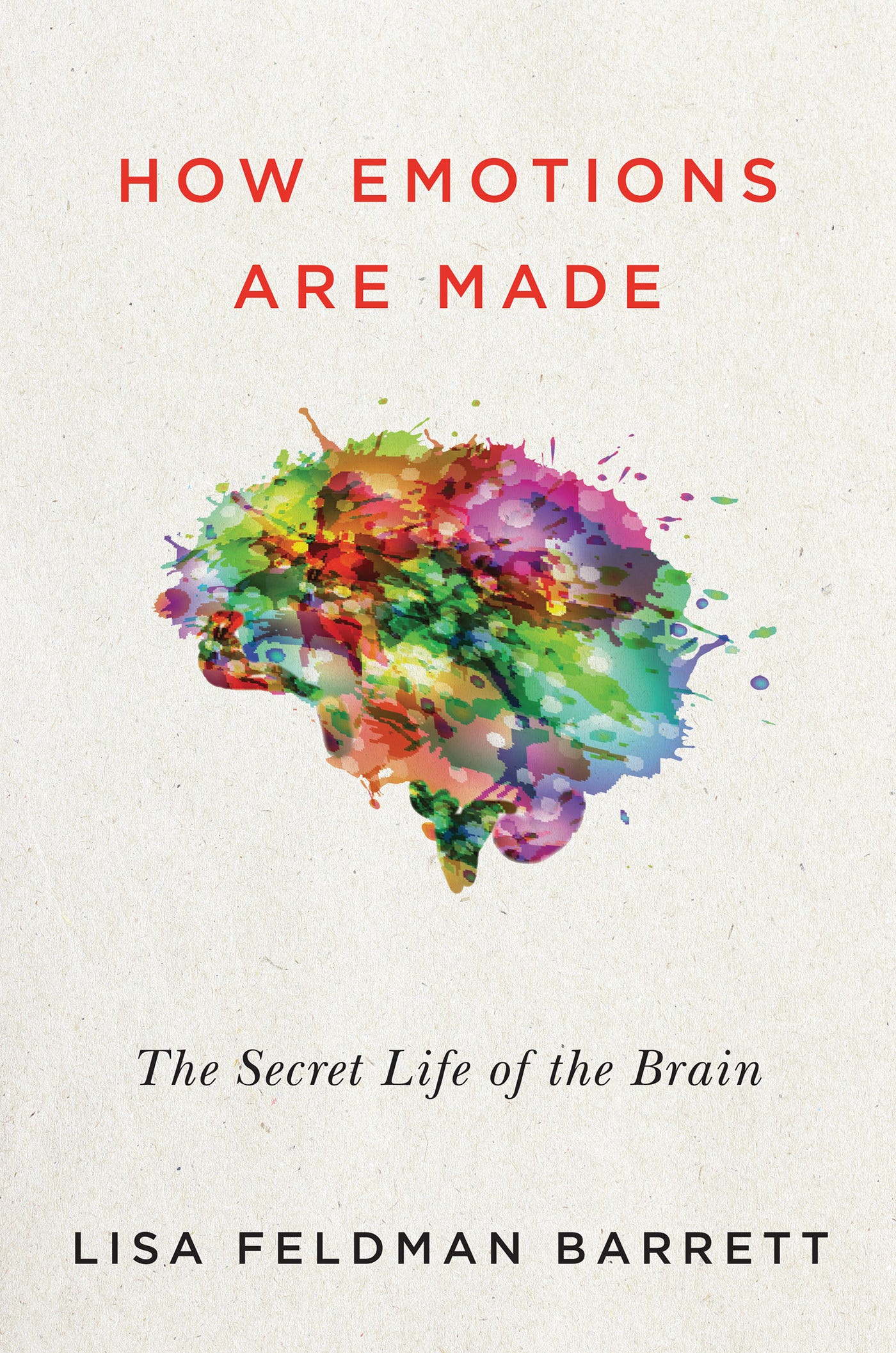Personal Science Week - 16 Feb 2023
Emotions and psychology
This is a weekly summary, published each Thursday, of ideas we think will be useful to Personal Scientists, anyone hoping to use science for personal, rather than professional reasons.
This week we discuss intriguing new ideas about emotion.
How Emotions Are Made
If you are depressed, or happy, or angry — any of the spectrum of what we refer to as emotions — what is really happening in your body? Is there a location in the brain where feelings of, say, fear originate? If you do brain scans of people or animals feeling such-and-such emotion, will you uncover any consistences? What about the obvious biometric consequences when we feel strong emotions? Are there tests that can reliably and quantitatively measure the degree of love, hatred, or other passions we feel?
Strangely, the answer appears to be no. According to Northeastern University neuroscientist and psychologist Lisa Feldman Barrett, what we call "emotion" is a complicated interaction between real bodily sensations (heart rate, stomach butterflies, blood pressure, facial changes) and the various interpretations that our culture has assigned to them. What's really happening is that the brain, overwhelmed by the torrent of information coming at it, is forced to simplify by generating short-term predictions of what is likely to happen next, and then modifying those predictions based on the sensory input it receives. Children learn very early to communicate the success or failure of predictions through facial or vocal changes that we call “emotion” but that are really just associations that help us know what another person is thinking. Nobody’s actually feeling anything. Biometric changes — e.g. heart rate, “adrenal rush”, etc. — are how the body revs up to defend itself when it notices a mismatch between what you thought was supposed to happen and what appears now to be happening.
Her latest book, How Emotions Are Made, summarizes her lifetime of research that seems to contradict several well-replicated studies in psychology including the Tomkins and Ekman experiments, where a standard expressive image of a face is shown to people around the world who are asked to select from a set of emotions to describe the face. Yes, when you ask Papua New Guinea tribespeople to select the emotion associated with a smiling face, they’ll often click “happy” when prompted with only a few options. But —importantly— they often disagree even then, and if you ask them to describe a face without prompts, the answers are all over the map.
The whole book is an easy read and well worth your time if you are interested in emotions. I won’t try to summarize the many practical takeaways, but one that I especially liked is the idea of improving your “emotional granularity”. If the physiological changes are symptoms of a mismatch between expectations and what actually happens, you can trick the brain by increasing the number of different emotions you can articulate. Instead of saying “I’m scared of spiders” for example, learn to describe more details: “I’m disgusted by nerve-wracking spiders”.
Online psychology tests
Alexithymia is a condition experienced by otherwise normal-seeming people who are unable to recognize their own emotions, using proxies like heart rate, to appear to others like they can understand issues like stress or anxiety. How might you tell if you or someone you know is like this? Please leave a comment if you have suggestions.
For general quantitative tests of emotion or psychology, the best place to start is The Open Source Psychometrics Project. They have links to dozens of tests, including the highly-regarded Big Five Personality test, a full IQ test and several that are disputed by Feldman-Barrett.
Jon Cousins is the world’s best Personal Scientist at quantifying emotion. Learn about his Moodscope project and much more on his Quantified Self mood-tracking page.
About Personal Science
Listen to experts, but be skeptical. That’s the idea behind Personal Science, where we use the techniques of science to understand and solve personal questions. Often, but not always, Personal Science involves quantitative or statistical reasoning based on self-collected raw data, but the overall thought processes can apply to every aspect of daily life.
In general, Personal Science requires a skeptical, yet open-minded curiosity about the world, humility in the face of incomprehensible complexity, and a constant desire to be proven wrong. Personal Scientists, above all, rely on their own direct experience, following the 1660 motto of the Royal Society: Nullius in verba — take no one’s word for it.

